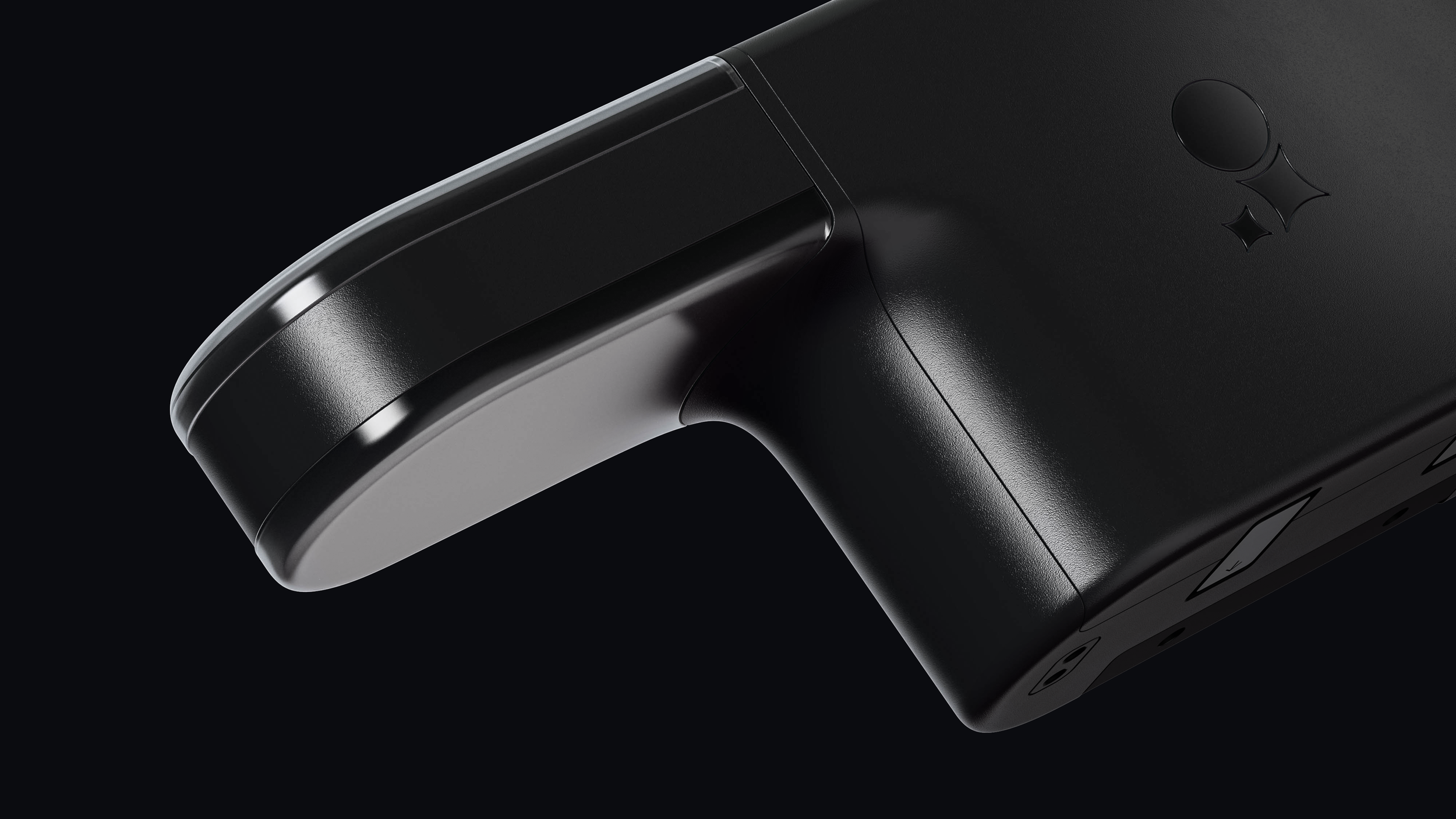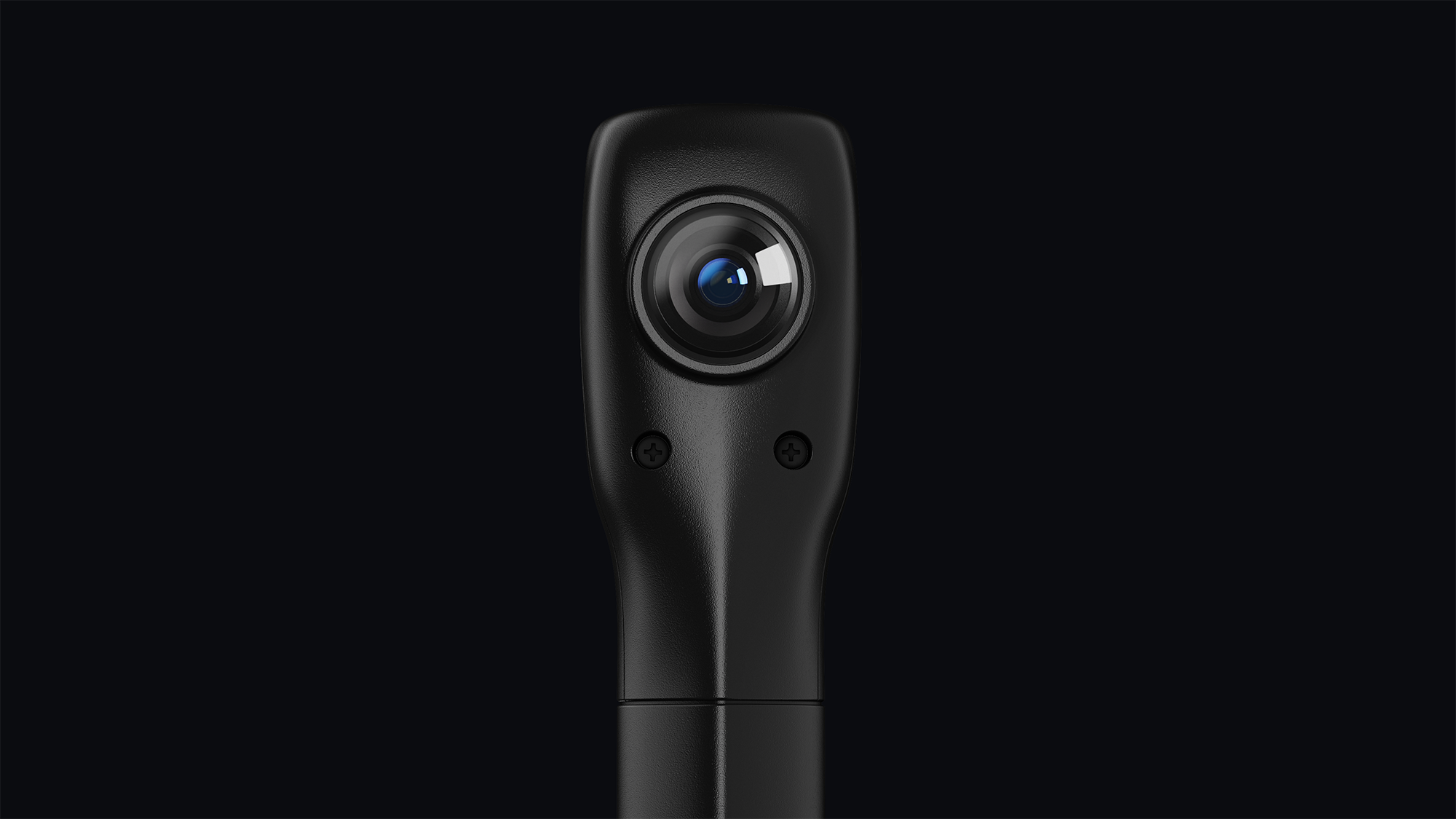Magic Mode - Wheelchair AI Co-Pilot
Magic Mode by Echotech is a system that attaches to the user’s existing power wheelchair and simplifies navigation, putting the user in control of their independence. The system uses an AI co-pilot to handle the complexities of driving, both inside and outside, allowing the user to focus on their surroundings and loved ones rather than the mechanics of navigating complex and crowded spaces.
Challenge + Result
The challenge was to apply Echotech’s first-of-its-kind technology practically.
The result is a technology product that is connected with real user needs.
User Research
Keeping the user in mind from the very beginning, the discovery process was born from interviewing a wide variety of potential users, from wheelchair users, to caregivers, to the technicians who would be installing the system. These interviews showed us how people use their chairs to fit their diverse lifestyles, as well as the types of support caregivers provide, and the level of existing adaptability power wheelchairs have to add new accessories.
Electric Wheelchair Deep Dive
Together with the mechanical engineering team, I thoroughly assessed the adult Permobil power wheelchair hardware, including the overall envelope, mounting points, and articulation. I used the wheelchair myself and went through common user scenarios, like navigating narrow hallways and crowded common areas, which gave me more of a practical, first hand understanding of the user’s needs.
Exploration Sketching
After gaining a comprehensive understanding of the overall design goals and challenges, I created exploratory sketches and presented them, with context, to potential users to get their feedback. This helped me make certain improvements, such as removing excess light indicators on the dashboard and making the part breaks intentional, colored shapes that would match the aesthetic of the existing wheelchairs.
Sensor Selection and Placement
The discovery phase allowed me to identify a set of components that would define the Magic Mode system. I determined where these components would live on the chair for smoothest possible user interaction, and where the components should go to allow the AI software to have full visibility of its surroundings.
Form Direction
After lots of brainstorming, discussion of the emotional intention of the form, sketching, and moodboarding, I developed three concise form directions. The chosen form language has large, soft rounds to evoke the human side of the product, flats to evoke the feeling of a technical device, and a two tone color scheme to fit into the mobility environment.
Component Packaging
I worked closely with the ME, EE and AI teams to not only define where the components would be placed, but to figure out how they would be packaged. This included defining the outer envelope, the arrangement of the electronics, and modifying the overall shape as the project progressed to a beautiful and functional design.
Ergonomic Refinement and Prototyping
Each touch point on the product was iterated with CAD, 3D Prints, and work-like prototypes. An example of this is the button above. It was too small and required too much force to press down in the first version, so we made the entire round face a button and changed the number and force of plunger pins.
User Testing Magic Mode
A Complete System
The result of the design process is a technology product that connects with real user needs and is packaged in a beautiful and functional way.
Computer Housing
Matching Existing Chair Colors
I used color blocking, and the existing Permobil color palette to make the Magicmode system fit visually with the users’ existing wheelchairs.






































